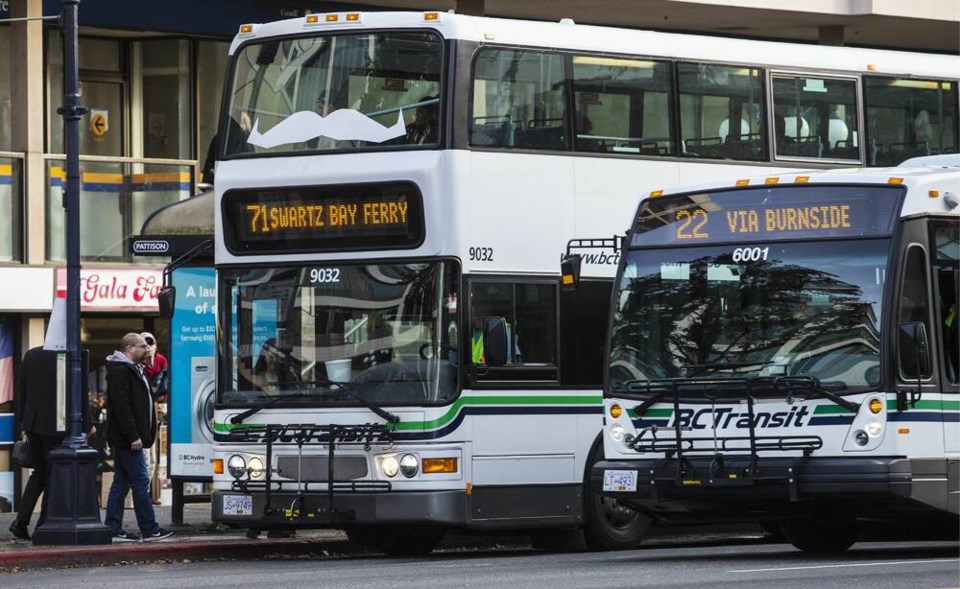Todd Litman and Alastair Craighead
A commentary by two Victoria residents who enjoy travelling around 91原创 Island car-free.
Imagine that your expanding waistline is making your clothes too tight. Should you spend hundreds of dollars on bigger pants and longer belts or instead invest in healthier food and more exercise?
Although both approaches make your clothes more comfortable, the latter also helps you feel better and live longer. It is the smarter solution.
We face a similar choice with the Island Highway.
The March 10 article, “$162M highway project through Goldstream riles First Nations,” highlights two problems with highway expansions: They are expensive and harm invaluable wildlife habitat.
In addition, by inducing more vehicle traffic, roadway expansions also increase downstream congestion, crashes and pollution emissions, and spending all that money on roadway expansions is unfair to travellers who cannot, should not, or prefer not to drive.
There are much better alternatives. We are president and vice-president of , a new organization that advocates for frequent and affordable public transit on 91原创 Island.
Specifically, we want at least hourly service with $5 maximum fares on the 66 (Victoria-Duncan) and 70 (Duncan-Nanaimo) routes to provide convenient and low-cost car-free travel between Victoria and Nanaimo.
The poor state of 91原创 Island’s public transport became the butt of jokes last year when contestants in BBC’s Race Across the World discovered the difficulty of travelling from Victoria to Port Hardy without a car. However, this lack of public transit is not a joke for tens of thousands of Island residents who don’t drive.
Currently, the 66 route has only four daily trips, all oriented for commuters from Duncan to Victoria, with $10 one-way fares. There is no reverse-commute or evening service, and minimal weekend service.
Because it is infrequent and expensive, transit serves an insignificant share of travel on that corridor. In contrast, the 61 bus between Sooke and Victoria offers 43 daily trips with $2.50 fares, and serves more than 20 per cent of peak-period trips, which demonstrates that travellers will choose buses if they are convenient and affordable.
Frequent and affordable bus services connecting Central and South 91原创 Island would help achieve many strategic goals including reduced driver stress, affordability, more independent mobility for non-drivers, reduced congestion, traffic safety, emission reductions and rural economic development. It would ensure non-drivers receive a fair share of provincial infrastructure investments.
Inter-regional transit is the neglected stepchild of the transportation planning community. The Ministry of Transportation plans interregional highways but not transit services, B.C. Transit plans local but not inter-regional transit, and several organizations promote rail, but no organization plans and finances interregional bus services.
If the province is serious about reducing traffic problems and carbon emissions it must provide affordable alternatives to driving.
The recent shows that many 91原创 Island residents want inter-regional transit services. The province is spending hundreds of millions of dollars to expand Island highways.
Last year it announced $249 million in new public transit funding, including $5 million for Northern B.C. bus services, plus $18 million for 91原创 Island rail planning, but has no current plans to improve 91原创 Island bus services.
To increase transit frequency, regional districts must request more service and the province must fund it. If you agree that 91原创 Island needs better bus service, please ask your city councillors and MLA to support this proposal.



